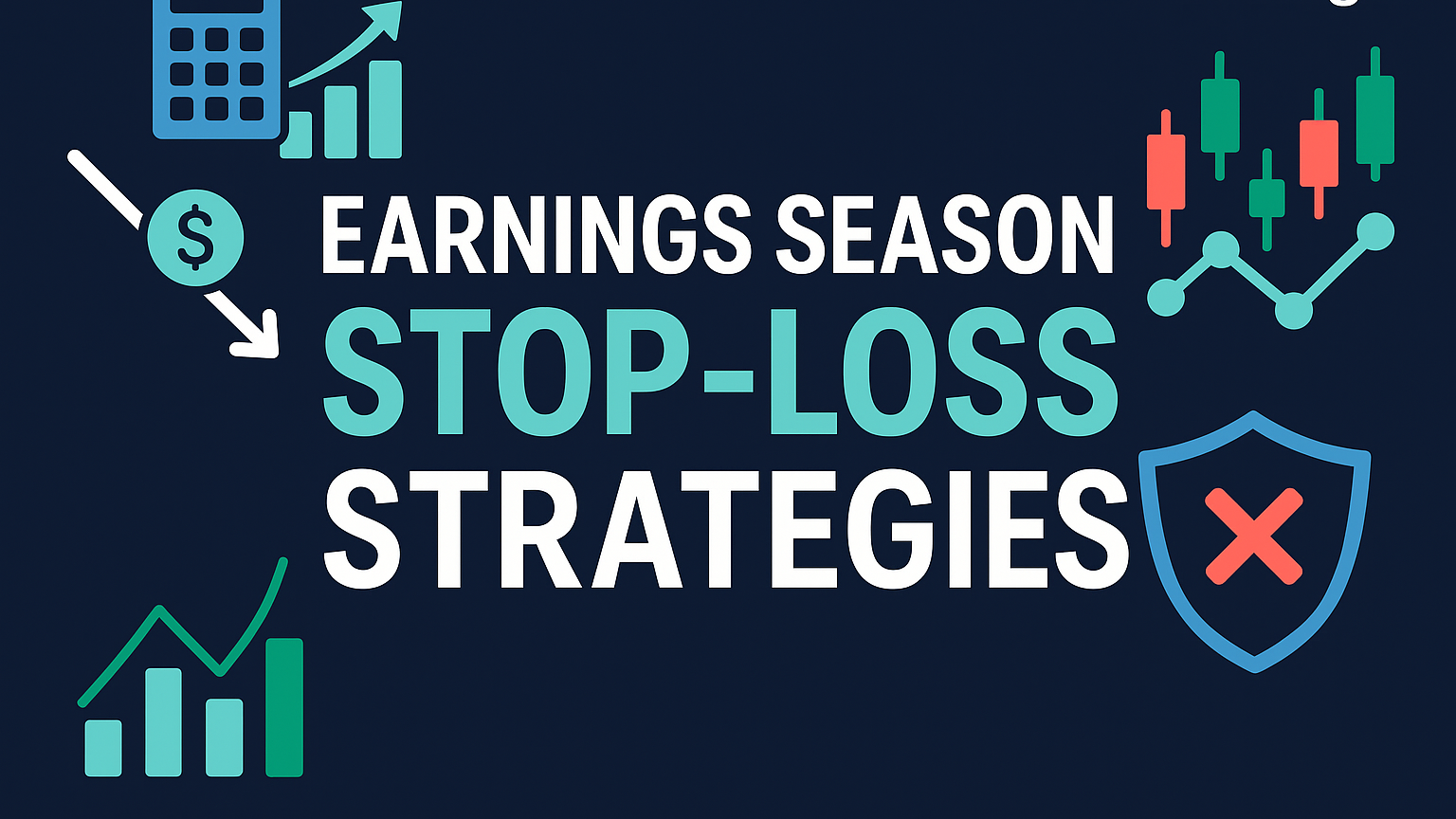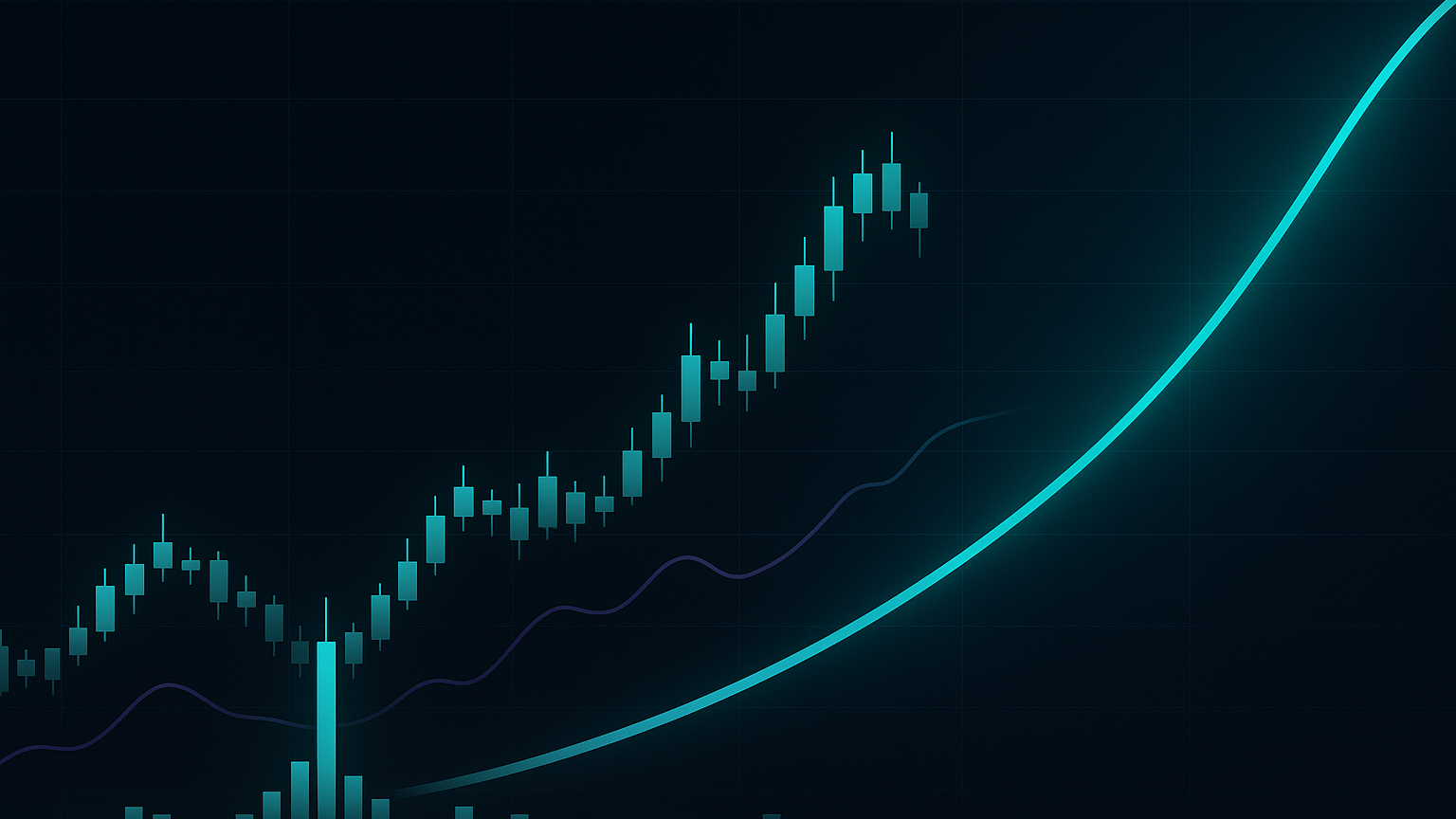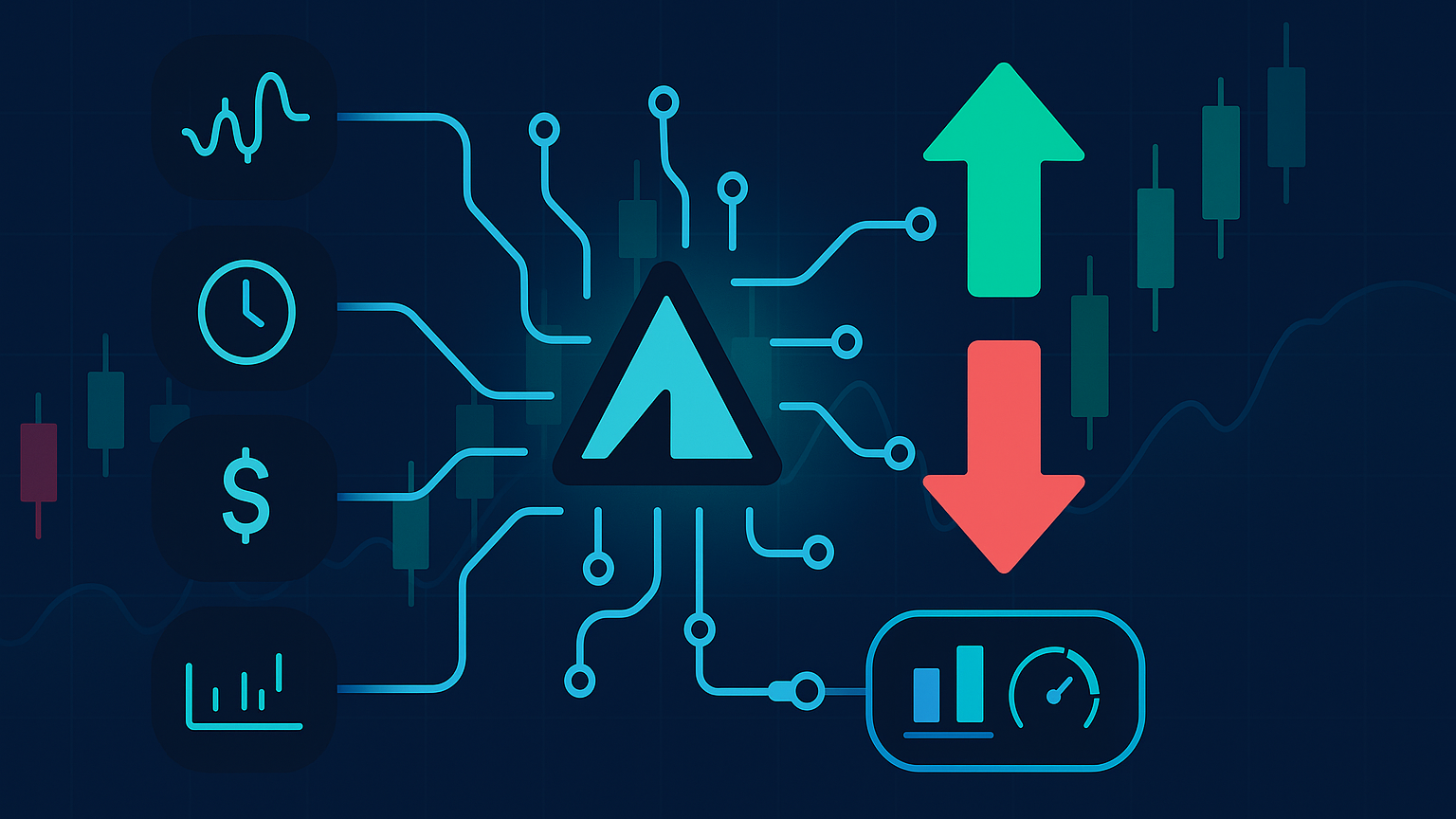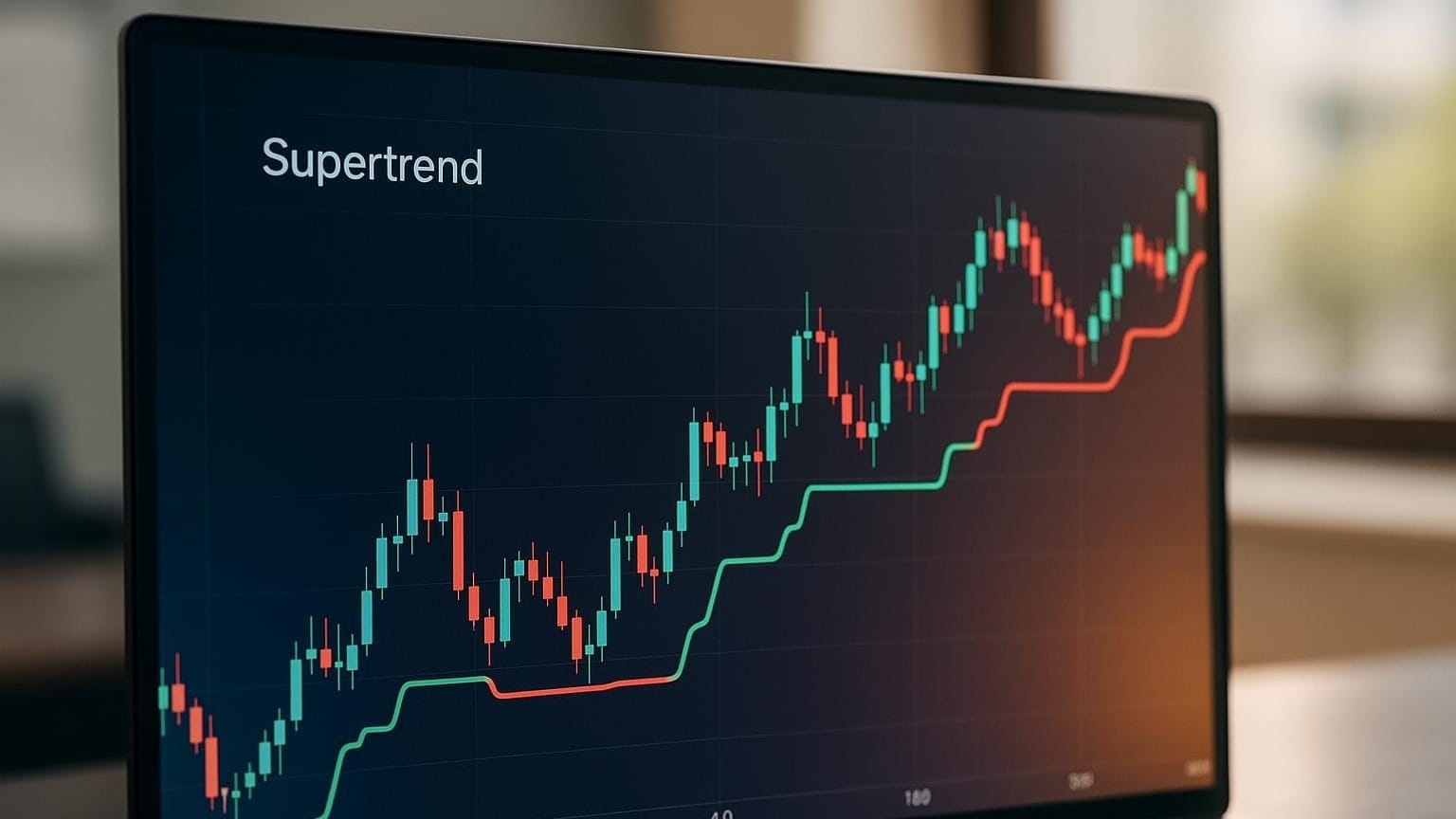Explore the pros and cons of cloud versus local deployment for algorithmic trading, and discover the benefits of hybrid setups.
Quick Answer:
Choosing between cloud and local deployment depends on your trading needs. Cloud setups are scalable, cost-effective, and reliable for live trading, while local setups offer low latency, better control, and fixed costs for predictable trading volumes. A hybrid approach combines the strengths of both.
Key Takeaways:
-
Cloud Deployment:
- Pros: Low upfront cost, auto-scaling, global reach, managed maintenance, and redundancy.
- Cons: Potential latency, regional constraints, and provider lock-in.
- Best for: High-volume, scalable, or fluctuating trading strategies.
-
Local Deployment:
- Pros: Low latency, complete control, data privacy, and predictable costs.
- Cons: High initial investment, maintenance demands, and limited scalability.
- Best for: Low-latency, deterministic, or steady trading strategies.
- Hybrid Setup: Combines local control for research with cloud scalability for live trading.
Quick Comparison Table
| Aspect | Cloud Deployment | Local Deployment | Hybrid Solution |
|---|---|---|---|
| Initial Cost | Low (pay-as-you-go model) | High (e.g., $6,000+ for servers) | Moderate (split costs) |
| Operating Cost | Usage-based fees (~$1,500/month) | Fixed costs (~$7,000/month) | Varies by workload |
| Performance | High uptime, scalable | Low latency, fixed capacity | Balance of both |
| Scalability | Instant, flexible | Limited by hardware | Flexible with control |
| Security | Managed by provider | Direct control | Mix of both |
What’s Next:
- Assess your trading volume and latency needs.
- Calculate total costs, including scaling and maintenance.
- Consider a hybrid model for flexibility and control.
By understanding your trading strategy and operational goals, you can decide the best deployment model for your algorithmic trading system.
Desktop Algo Trading Platform vs Cloud
Cloud-Based Trading Systems
Cloud-based trading systems are changing the game for algorithmic traders. By replacing physical hardware with cloud infrastructure, these systems simplify operations and reduce the need for on-site management. Many leading financial institutions have already adopted cloud solutions, showcasing their trust in this technology.
Cloud Platform Capabilities
Cloud platforms offer powerful tools that support continuous trading, 24/7, all year round. With scalable and resource-rich infrastructure, traders can handle complex tasks and respond quickly to market changes.
Here are some of the standout features:
| Feature | What It Does | Why It Matters |
|---|---|---|
| Auto-scaling | Adjusts resources automatically | Manages market fluctuations easily |
| Global reach | Operates from multiple locations | Lowers latency for global trades |
| Managed services | Automates maintenance tasks | Cuts operational costs |
| Built-in redundancy | Ensures availability | Keeps trading uninterrupted |
Top Cloud Services for Trading
Some of the biggest names in finance rely on cloud platforms. For instance, BlackRock and Deutsche Börse use Google Cloud, while Citadel Securities leverages virtual machine solutions for their operations.
Amazon Web Services (AWS) stands out with its scalable computing power, secure storage, financial tools, and advanced machine learning capabilities. These features make it a popular choice for handling trading workloads.
Cloud Setup Limitations
While cloud systems offer many benefits, they are not perfect. High-frequency trading, where every microsecond matters, can be challenging due to potential latency issues. For example, communication delays range from about 50 μs within a single zone to 400 μs between zones.
Some common drawbacks include:
- Regional constraints: Access to resources can depend on location.
- Learning curve: Setting up and optimizing these systems requires expertise.
- Provider lock-in: Switching between cloud providers can be difficult.
To address these challenges, traders can select data centers near key trading hubs, use advanced monitoring tools, and explore hybrid setups. For instance, AWS's NY Local Zone is designed to minimize latency for traders in New York.
A great example of cloud success is Dark Forest, a hedge fund operating in over 20 countries using Google Cloud. This showcases how cloud infrastructure can support complex global trading while overcoming traditional limitations.
With these capabilities and challenges in mind, the next section will compare cloud systems to local trading setups.
Local Trading Systems
Local trading setups provide traders with complete control over their systems, but they come with specific challenges and requirements. Running algorithms on your own hardware has clear advantages, but it is not without trade-offs.
Local Setup Benefits
Using a local setup gives you control over every aspect of your trading infrastructure. Here are some of the standout advantages:
| Benefit | Description | Impact |
|---|---|---|
| Cost predictability | A fixed upfront investment with minimal ongoing costs | Helps with long-term budget stability |
| Data privacy | Full control over sensitive trading information | Improves security and compliance |
| Customization | Ability to optimize both hardware and software | Enables fine-tuning for better performance |
| Low latency | Direct access to hardware without cloud delays | Speeds up execution for time-sensitive strategies |
These benefits highlight the importance of selecting the right hardware and software for your setup.
Hardware and Software Needs
To run a local trading system effectively, you will need the following:
- Processor: Intel i5 or better
- Memory: At least 16 GB of RAM
- Storage: SSD with capacity to handle 50 – 100 GB of daily data growth
- Network: Reliable, high-speed internet connection
"If it is Low-Frequency Trading then you do not need much, what you need is a decent laptop or desktop on which you can open a browser and code a strategy and run it or install a broker platform and code your strategy and run it." – Nitesh Khandelwal, Co-founder and CEO, QuantInsti
For serious trading, it is recommended to use a dedicated machine separate from your research activities. Expect to spend between $1,000 and $2,000 USD for a setup that can handle data analysis and execute strategies effectively.
While the benefits are clear, there are also notable challenges to consider.
Local Setup Drawbacks
1. Infrastructure Vulnerability
Local systems are prone to issues like power outages, internet disruptions, and hardware failures. These risks are especially critical in high-frequency trading.
2. Maintenance Requirements
Local setups require regular upkeep. Tasks like system updates, reboots, and patching are essential. Additionally, desktop systems with graphical interfaces consume more resources compared to streamlined server-based alternatives.
3. Scalability Challenges
Data storage can quickly become an issue. Historical data alone can grow to 100 TB or roughly one trillion records. This rapid data growth often necessitates frequent hardware upgrades, which can be costly and time-consuming.
To mitigate these challenges, many traders use Docker containers to isolate environments. Regular system audits, updates, and strict access controls are also essential to maintain reliability.
Speed and Performance Analysis
When evaluating cloud versus local setups for algorithmic trading, key performance metrics highlight differences that can influence trading outcomes. Cloud platforms have made major strides in reducing latency, now competing closely with traditional co-located systems. While local setups are often fine-tuned for low latency, their performance hinges heavily on hardware and network specifics, making direct comparisons tricky.
Speed Comparison
Here are some critical performance metrics:
| Metric | Cloud Performance | Impact |
|---|---|---|
| Same-zone latency | ~50 μs (within an AWS Local Zone) | Essential for high-frequency trading |
| Cross-zone latency | ~400 μs (across AWS availability zones) | Affects multi-region trading strategies |
| Order execution | Under 200 μs | Key for time-sensitive trades |
| Message processing | As low as 100 ns | Supports rapid strategy execution |
FYERS highlights their system speed:
"At FYERS, orders fly 3x faster than you blink, clocking in under 50 ms!"
These benchmarks provide a foundation for understanding how cloud platforms handle high-pressure trading scenarios.
System Stability
Cloud platforms are designed to maintain stability during peak trading periods with advanced features:
-
Latency Reductions
AWS optimizations, such as Chronicle Tune, have achieved:- 66 percent lower tail latency on c6in.metal instances
- 72 percent lower tail latency on m5zn.metal instances
- Dramatic reductions in jitter by two to three orders of magnitude
-
Network Efficiency
EC2 Cluster Placement Groups have reduced network round-trip latency by 30 percent to 67 percent, enhancing performance during peak trading hours.
Trading Volume Capacity
Cloud platforms excel in handling high trading volumes, processing up to 6.4 million messages per second with an 88-byte message size. Key features include:
- Auto-scaling: Automatically adjusts resources based on market activity
- Load Balancing: Ensures efficient use of available resources
- In-Memory Caching: Speeds up data access during critical moments
- SSD Storage: Delivers faster data retrieval
Deciding between cloud and local setups depends on your trading strategy and volume needs. While local systems have traditionally been the go-to for ultra-low latency, cloud solutions now provide comparable performance with added scalability and flexibility.
Cost Breakdown
Your choice of deployment — cloud or local — affects not only performance but also costs. Let us dive into the financial aspects from three angles: upfront, monthly, and scaling expenses.
Starting Costs
Here is a comparison of initial costs for setting up:
| Component | Cloud Setup | Local Setup |
|---|---|---|
| Initial Hardware | $0 | $6,000 per server |
| Backup Infrastructure | Included | $20,000 (tape library & software) |
| Trading Workstation | Monthly fee | $2,000 – $5,000 |
| Setup Labor | Minimal | Substantial |
For cloud setups, there is no need for upfront hardware investment. Instead, you pay smaller monthly fees. In contrast, local setups demand significant initial spending, such as $6,000 per server and up to $20,000 for backup systems.
Monthly Expenses
Here is how the recurring costs stack up:
| Cost Component | Cloud Solution | Local Solution |
|---|---|---|
| Hardware Maintenance | Included | $1,000 |
| IT Staff | Minimal | $4,000 |
| Software Updates | Included | $4,000 |
| Data Security | Included | $1,200 |
| Total Monthly | $1,500 | $7,000 |
Cloud solutions keep monthly costs lower by bundling maintenance, updates, and security into the service. Local setups, on the other hand, require dedicated spending on IT staff and hardware upkeep.
Growth-Related Costs
Scaling introduces new financial considerations, especially as 59 percent of organizations reported rising cloud service costs last year.
1. Cloud Scaling
Cloud platforms provide flexible scaling options, including:
- Pay-as-you-go pricing for fluctuating needs
- Spot instances for cost savings
- Reserved instances for predictable workloads
- Automatic scaling to match demand
2. Local Scaling
Scaling locally demands more capital investment, such as:
- Buying additional hardware and expanding facilities
- Increased maintenance requirements
- Training for IT staff to handle growth
3. Cost Management Strategies
To keep scaling costs under control, consider these tactics:
- Use resource tagging to track expenses by project
- Implement real-time monitoring tools
- Automate resource allocation to prevent waste
- Regularly analyze performance metrics
According to IDC, global spending on cloud services is expected to hit $1 trillion by 2024, largely because of the need for scalable solutions.
Selecting Your Setup
Decision Checklist
When deciding on your deployment model, think about how it fits your trading strategy, balancing cost and performance:
| Factor | Cloud Advantage | Local Advantage |
|---|---|---|
| Trading Volume | Handles spikes and fluctuating activity | Best for steady, predictable volume |
| Budget | Lower upfront costs | Requires significant initial investment |
| Location | Access across multiple regions | Focused on a single, local environment |
| Technical Expertise | Minimal IT support needed | Requires strong technical skills |
| Strategy Type | Ideal for scaling-dependent strategies | Suited for low-latency, deterministic trading |
Combined Setup Options
A hybrid setup can help you manage costs while staying efficient. For example, one firm splits its operations between local research and development and production trading on approximately 35 cloud servers, costing about $10,000 per month. They also use disaster recovery across multiple zones.
"If you understand the fundamentally different nature of cloud infrastructure, that these are transient, on-demand, elastic resources, then you can do much better than if you bought the hardware outright"
Prerak Sanghvi, Proof Reading
This approach allows for flexibility while keeping critical processes secure.
Long-Term Planning
When planning for the future, focus on these key areas:
-
Infrastructure Evolution
Cloud providers regularly update their hardware, offering cutting-edge options like NVIDIA GPUs and Google's TPUs. Local setups, on the other hand, require manual upgrades and ongoing maintenance. -
Cost Management
Use tools like Infrastructure as Code, smart server scheduling, and resource monitoring to keep expenses under control across various locations. -
Scalability Planning
The cloud provides instant scaling and location flexibility. In contrast, local setups demand careful planning to ensure they meet capacity needs.
For many, a hybrid model works best, keeping sensitive operations in-house while leveraging the cloud for scalable tasks.
Conclusion
Quick Reference Guide
When choosing a deployment model, here is a helpful comparison based on practical considerations:
| Aspect | Cloud Deployment | Local Deployment | Hybrid Solution |
|---|---|---|---|
| Initial Cost | Low upfront costs with a pay-as-you-go model | High initial investment (e.g., GPUs can exceed $40,000 each) | Moderate costs, balancing capital spending with scalability benefits |
| Operating Cost | Usage-based fees (e.g., AWS p3.16xlarge at $24.48/hour) | Fixed costs for maintenance, power, and cooling | Varies depending on workload distribution between local and cloud resources |
| Performance | High uptime (about 99.95 percent, roughly 22 minutes downtime per month) | Dependent on the quality of dedicated infrastructure | Combines the strengths of local and cloud setups for better redundancy |
| Scalability | Quick and flexible resource scaling | Limited by existing hardware | Offers cloud elasticity alongside local stability |
| Security | Managed by third-party providers with encryption | Direct control over security protocols for greater privacy | Merges external safeguards with internal security measures |
Use this table as a guide to weigh your options and determine the best fit for your needs.
Next Steps
To finalize your deployment approach, follow these steps:
-
Assess Your Trading Volume
Understand your daily trading volume. Cloud platforms are ideal for handling fluctuations, while local setups are better suited for consistent, predictable loads. -
Calculate Total Cost of Ownership
Factor in all costs. For example, an NVIDIA H100 GPU for local setups costs over $40,000, while cloud solutions like AWS p3.16xlarge (featuring eight NVIDIA V100 GPUs) cost about $24.48 per hour. Do not forget maintenance, power, and cooling expenses for local deployments. -
Evaluate Technical Requirements
Modern trading systems require advanced hardware like NVIDIA GPUs and Google TPUs. While cloud providers regularly upgrade their infrastructure, local systems demand manual updates and careful planning for maintenance. -
Consider Hybrid Options
Many organizations use a hybrid approach, leveraging local setups for research and cloud platforms for live trading. This strategy combines scalability with enhanced data privacy.








